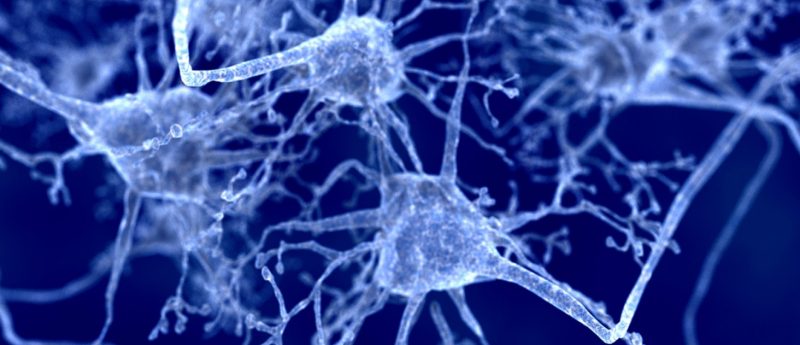Complex nerve regeneration: is the answer in 3D?

Researchers create first 3D-printed guide capable of encouraging complex nerve regeneration in rats
Nerve regeneration is a complex process, so complex that regrowth of nerves following injury or disease is very rare. Nerve damage is frequently permanent and affects over 200,000 people in the USA annually. However, new hope is being brought to the field of nerve regeneration through developments in advanced 3D printing methods.
A collaboration of researchers from the University of Minnesota, Virginia Tech, University of Maryland, Princeton University and Johns Hopkins University has been working towards a novel 3D-printed guide that helps regrowth of both sensory and motor functions of complex nerves after injury. In a new publication in Advanced Functional Materials, the team combined 3D imaging and printing techniques to create a custom silicon guide implanted with biochemical cues to encourage nerve regeneration. Effectiveness of the guide has now been tested in the laboratory setting using rats.
In these tests, a 3D scanner was used to reverse engineer the structure of a rat’s sciatic nerve. Researchers then used a custom-built 3D printer to produce a guide for regeneration. 3D-printed chemical cues were incorporated into the guide in order to promote motor and sensory nerve regeneration. The guide was implanted into the rat by surgical grafting onto the cut ends of the nerve. The group reported that within 10—12 weeks, ability to walk was improved in the sample rats.
“This represents an important proof of concept of the 3D printing of custom nerve guides for the regeneration of complex nerve injuries,” enthused University of Minnesota (MN, USA) mechanical engineering professor and lead researcher Michael McAlpine. “Someday we hope that we could have a 3D scanner and printer right at the hospital to create custom nerve guides right on site to restore nerve function. The exciting next step would be to implant these guides in humans rather than rats.” In cases where a nerve is unavailable for scanning it has been suggested that a library of scanned nerves could be built from other patients or cadavers, which hospitals could use to create closely matched 3D-printed guides for patients.
Sources: Johnson BN, Lancaster KZ, Zhen G et al. 3D Printed Anatomical Nerve Regeneration Pathways. Adv. Funct. Mater. doi:10.1002/adfm.201501760 (2015) (Epub ahead of print); https://cse.umn.edu/news-release/3d-printed-guide-helps-regrow-complex-nerves-after-injury/